Mountain Village Pilgrimage Road
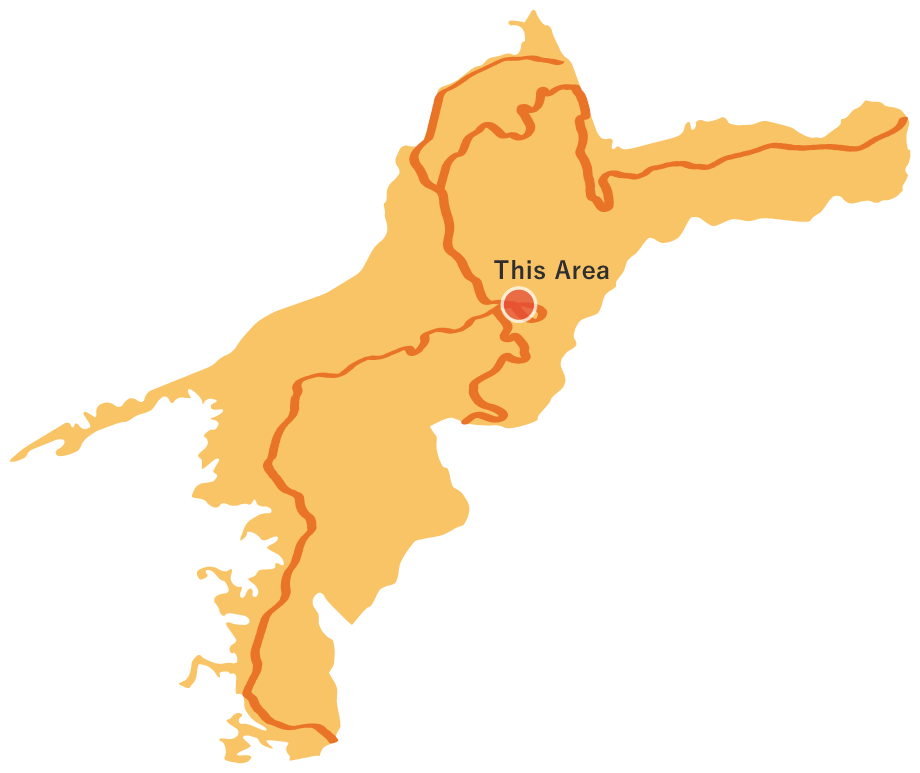
Mountain Village Pilgrimage Road
This is a unique circuit pilgrimage route called "Uchimodori." The route starts from the Hatanogawa bus stop, heads towards the Iwayaji Temple (temple No. 45), and then returns to the bus stop. A majority of the section from the Hacchozaka Entrance Rest Area to the Iwayaji Temple gate is dotted with marker stones (Choishi) and graves of pilgrims. Designated as the National Historic Site Iyo Pilgrimage Road (Iwayaji Temple Route) owing to the maintained scenery along the ancient path, this route, along with "Loop 1 Old Sukumo Highway" and "Loop 20 The road to Yokomine Temple, Shikoku's most challenging spot" are some of the most untouched and quaint Shikoku Routes (pilgrimage routes) that embody Ehime Prefecture. This unique route will make you feel the magnificence of nature by taking you through spectacular landscapes such as the peculiar rock formations (Kigan) of Iwayaji Temple and Furuiwaya and the extensive primeval forest in Tochi no Jurin.
Mountain Village Pilgrimage Road(10.5km)

 Spots to photograph
Spots to photograph
If you wish to receive a certificate, please take a photo that includes yourself at the designated photo point for each course.
Nearby sightseeing spots

-
1
 Hatanogawa Bus stop
Hatanogawa Bus stopFrom here, proceed east along the prefectural road. If you go west, you will go towards Daihoji Temple (temple No. 44) and Joruriji Temple (temple No. 46), and if you go south, you will head towards the Shikoku Karst Route. There are several inns and lodges for pilgrims in this area.
-
2
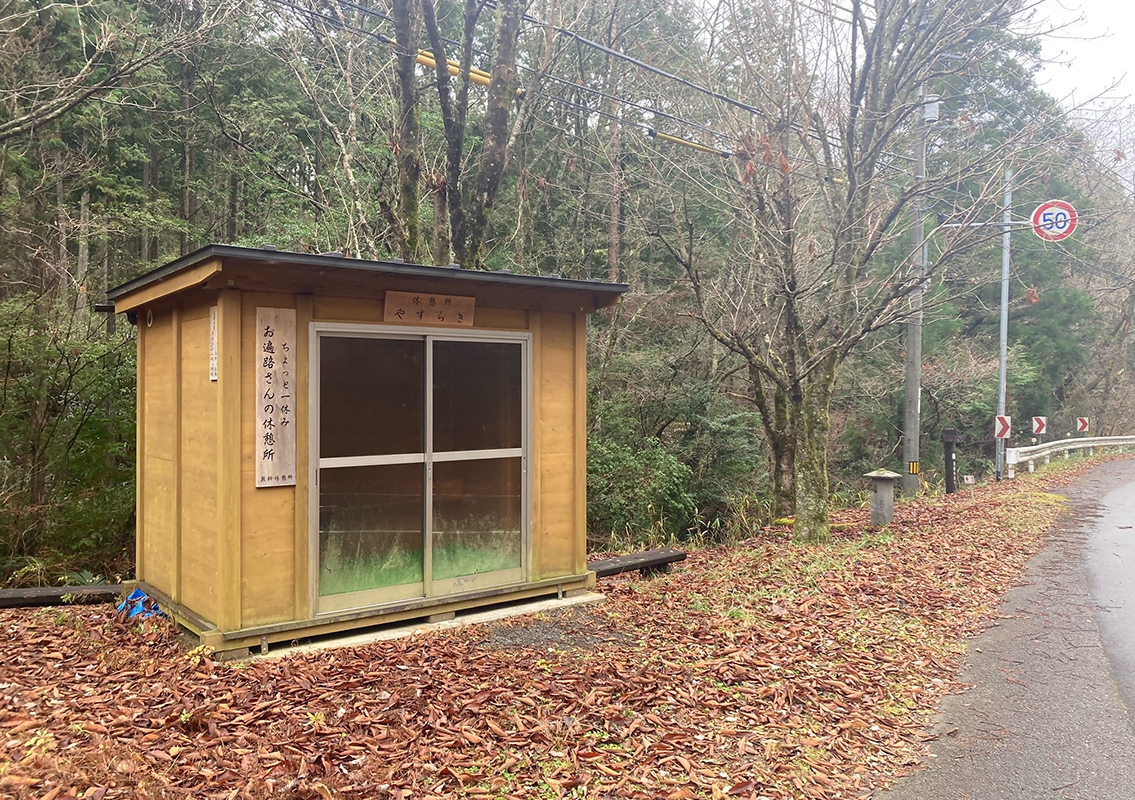 Kogen Golf Club Entrance Rest Area
Kogen Golf Club Entrance Rest AreaThere is a bench here, and there is a rest area for pilgrims near it. Get plenty of rest and prepare for the upcoming mountain trail.
-
3
 Hacchozaka Entrance Rest Area
Hacchozaka Entrance Rest AreaThere is a bench and information board here. The hill road from here on is called Hacchozaka, and people in the past chose this steep 2,800-meter-long hill road as a practice pilgrimage route. The Iwayaji Temple, which was established by Kobo Daishi, is the most suitable place for ascetic practices among the sacred sites. Because of this, it is said that one has climbed the "Hacchozaka," a steep ascetic path to reach the road approaching the Iwayaji Temple. For this reason, the official route to visit Iwayaji Temple is via Hacchozaka and through the Oku no Sanmon gate (inner main gate).
-
4
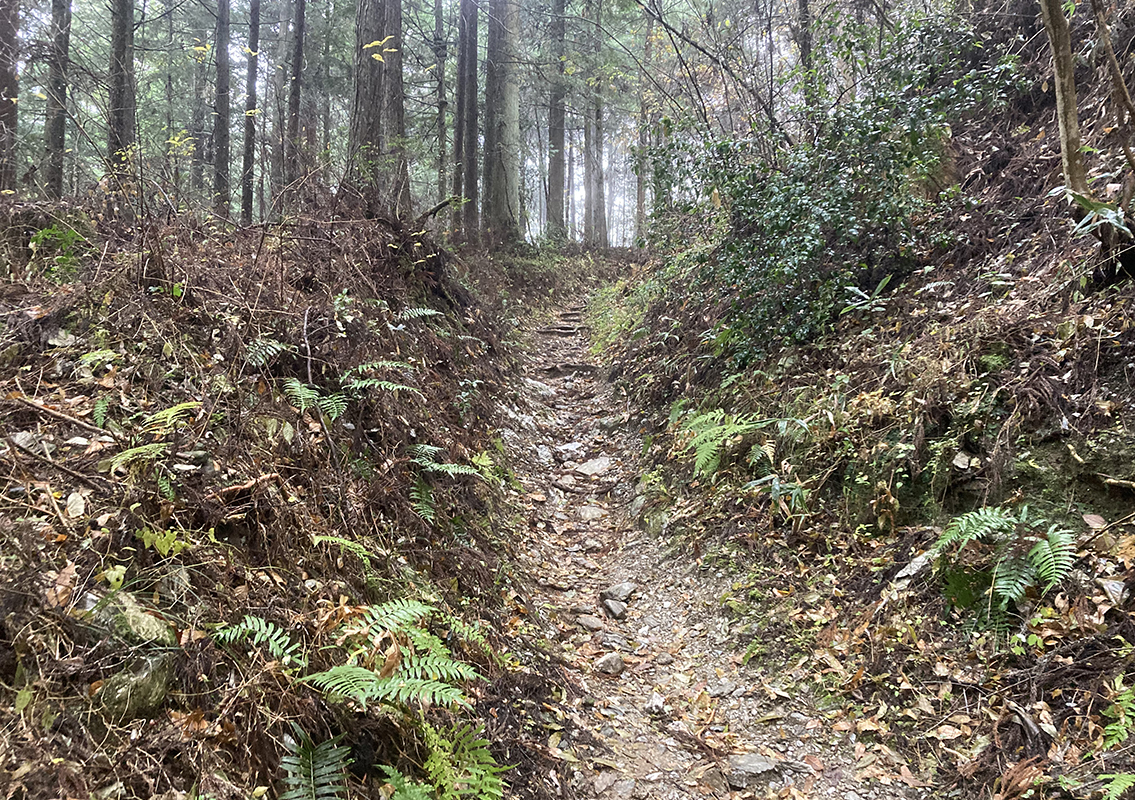 Hacchozaka
HacchozakaHacchozaka is a 0.6 km stretch from the entrance to the top, with an elevation difference of 150 m, making it difficult to climb in one go, but it is a well-maintained, quaint pilgrimage road that has retained the charm of its past. Everyone who climbs it says that it is a "difficult" slope, so there is definitely something good about it!
-
5
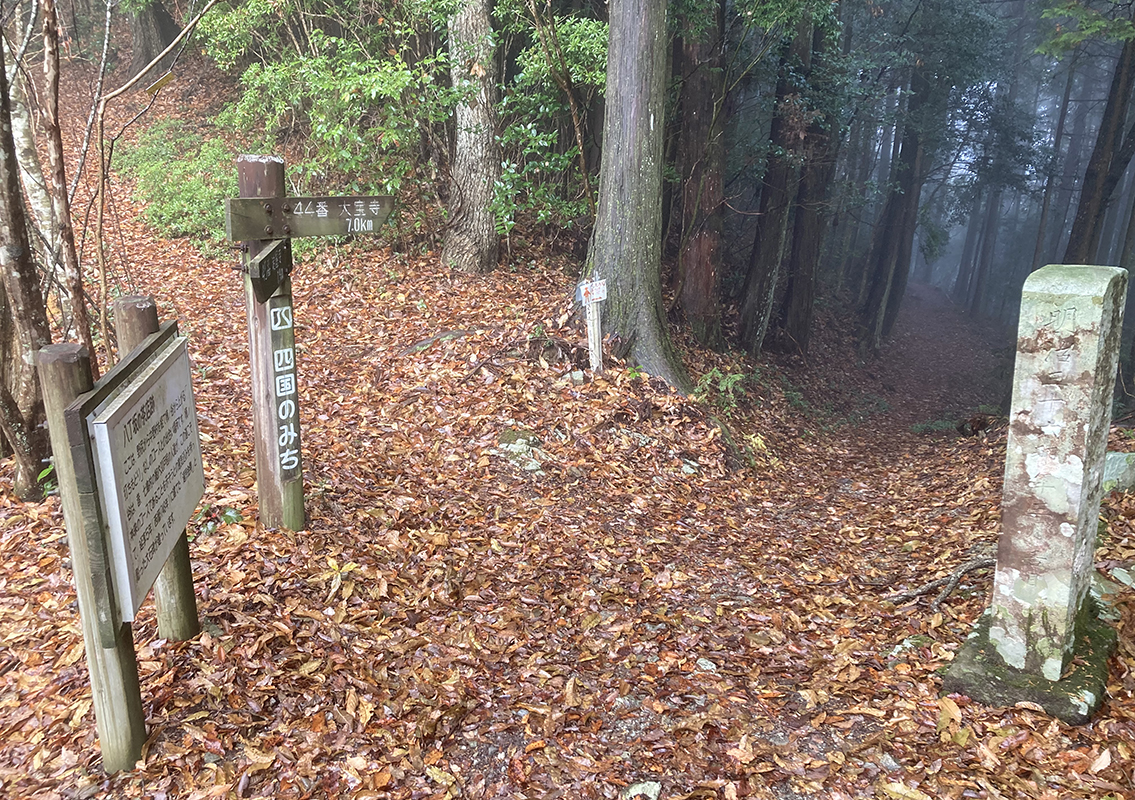 Hacchozaka Summit Rest Area
Hacchozaka Summit Rest AreaThey say that there used to be a tea house here in the old days. Today, there is a large stone monument with the inscription "Henjo Kongo" engraved on it, which was erected in Enkyo 5 (1748) by local people with the intent of showing that this was the original route.
-
6
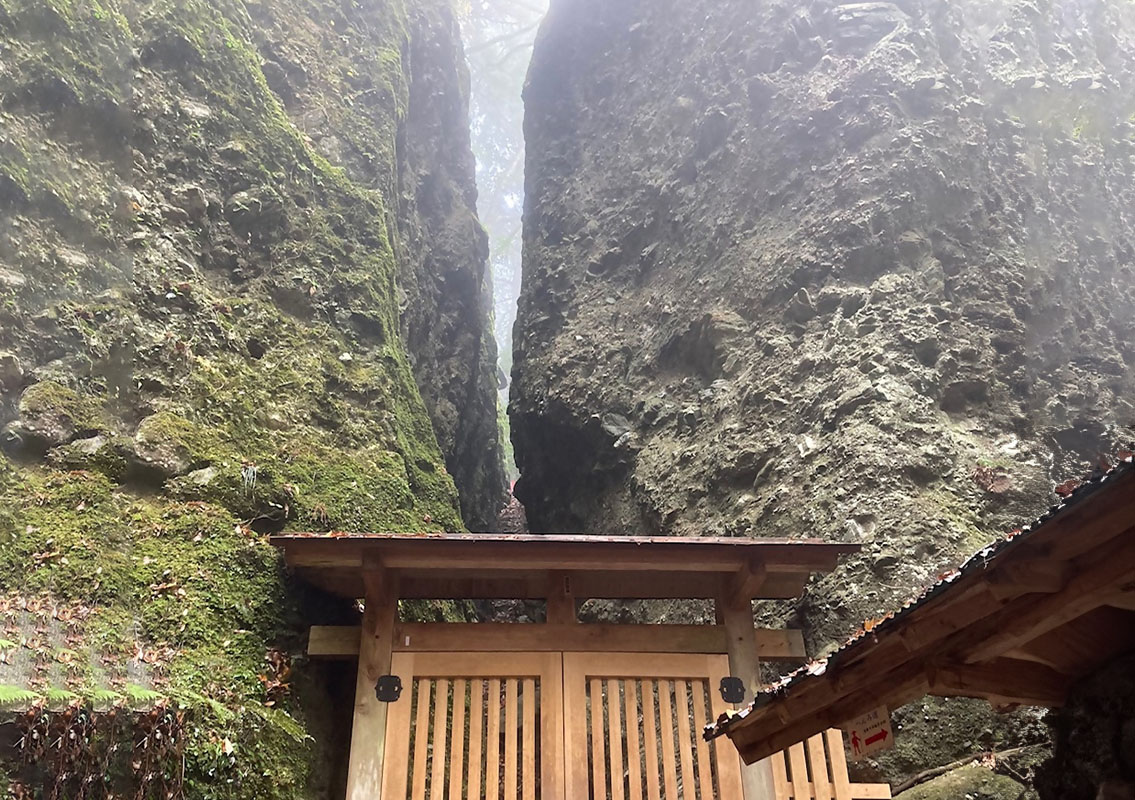 Seriwari Zenjo
Seriwari ZenjoIf you proceed further along the mountain trail from the shrine gate at the back of the Daishi-do hall, you will find the Seriwari Zenjo, a place of worship associated with Kobo Daishi, which can still be found on the rock wall. You will find Hakusan Gongen enshrined at the end after passing through a narrow gap that looks as though a giant rock was cut in half and climbing the cliff using chains and ladders. From the summit, you can enjoy a vast panoramic view of Mt. Ishizuchi and the surrounding mountains.
-
7
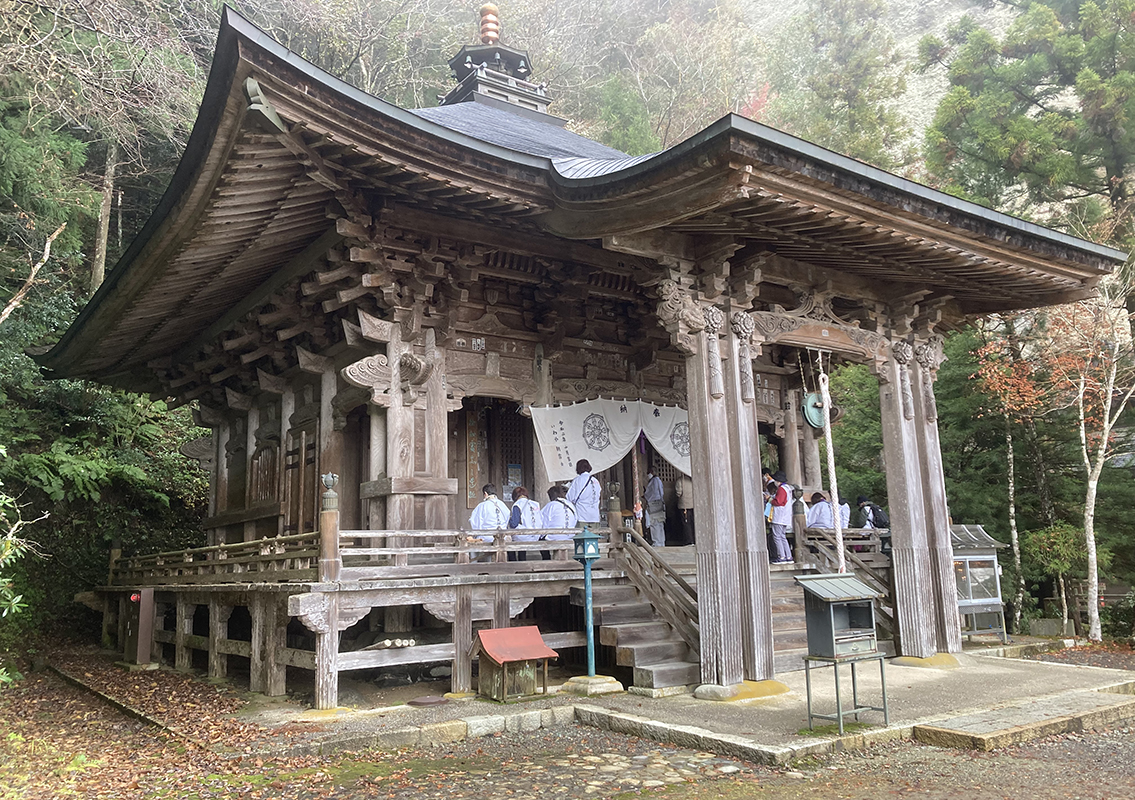 Temple No. 45 Iwayaji (Temple)
Temple No. 45 Iwayaji (Temple)Established by Kobo Daishi in Konin 6 (815), this was originally the inner shrine of Temple No. 44 Daihoji. Located 650 m above sea level, Iwayaji (Templ)e, as its name suggests, is a sacred place where you can feel one with nature. It is also famous for being the only site among the 88 Sacred Sites of the Shikoku Pilgrimage that cannot be approached by car. The tranquility you can experience here, in this special mystical place, makes you feel that the atmosphere here is different.
-
8
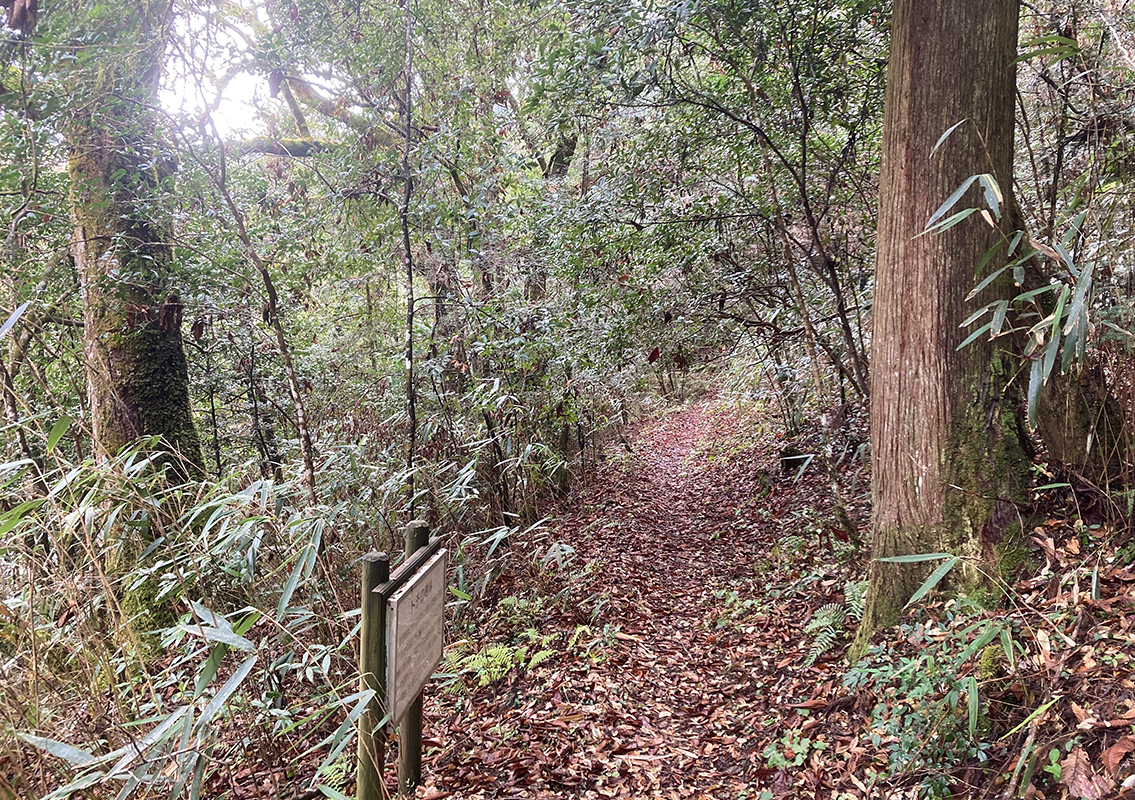 Tochi no Jurin
Tochi no JurinIt is considered rare to see a primeval forest with more than 100 horse chestnut trees that are hundreds of years old at an altitude of over 600 m above sea level, and because of this, it has been selected as one of Japan's 100 Natural Wonders. There are various types of epiphytes on tree trunks and ferns in the undergrowth, making it a great treasure trove of plants. You can hear the sound of the river in the shade of the trees in the forest.
-
9
 Iwayaji (Temple)
Iwayaji (Temple)The conglomerate stone peak, which has a stratum that is about 20 million years old, is a nationally designated scenic spot. The conglomerate stone, exposed through years of water erosion, has countless holes, which is why it came to be called Furuiwaya. In autumn, the area surrounding the rock is colored in beautiful autumn colors, creating a stunning contrast between the majestic conglomerate stone peak and the autumn leaves.
-
10
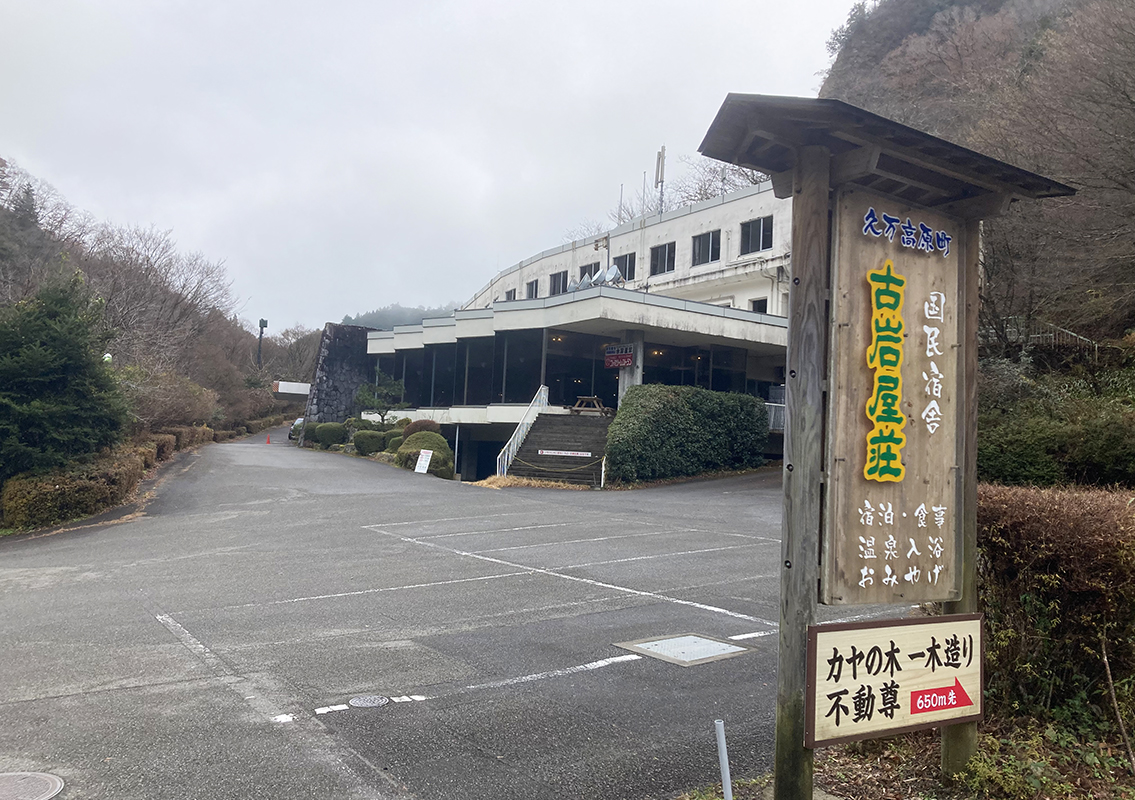 Kokumin Shukusha Furuiwaya-so
Kokumin Shukusha Furuiwaya-soKokumin Shukusha Furuiwaya-so is an inn surrounded by the peculiar rock formations (Kigan) and lush nature of Furuiwaya, a nationally designated scenic spot. You can soothe the fatigue from your travels here as the natural hot springs are open to the public. If you continue up the mountain trail from here, you will return the way you came to the Hacchozaka Entrance Rest Area.



